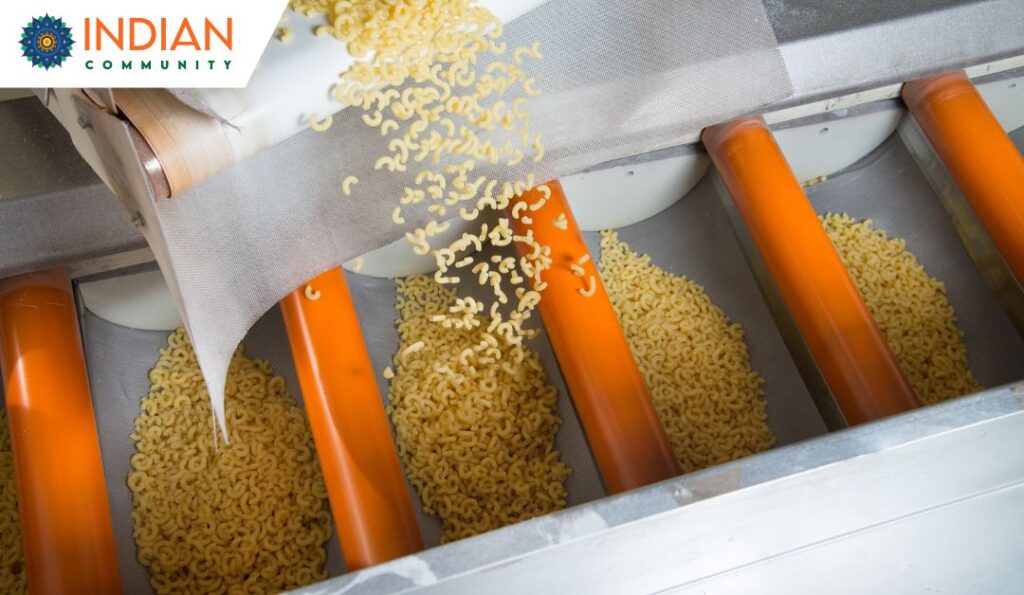Fast Food Franchises in India: A Thriving Industry

India’s fast food industry has witnessed explosive growth over the last two decades, with changing lifestyles, urbanization, and a growing middle class fueling the demand for quick, affordable meals. Fast food franchises have become an integral part of this transformation, offering diverse options from global giants to homegrown brands. This blog delves into the most popular fast food franchises in India, their growth potential, and how aspiring entrepreneurs can explore opportunities in this booming sector.
1. Why Fast Food Franchises Are Popular in India
India’s fast food market, also referred to as the Quick Service Restaurant (QSR) segment, is driven by several key factors:
- Busy Lifestyles: As more people work longer hours and live in urban areas, fast food provides a quick and affordable meal solution.
- Cultural Adaptation: Brands have adapted to Indian tastes by offering vegetarian options, local flavors, and region-specific menus, which have been instrumental in their success.
- Affordability: Fast food chains have kept their pricing competitive, making them accessible to a broad consumer base, from students to office workers.
According to recent studies, the QSR market in India is expected to grow by 18-20% annually, driven by both the increasing number of outlets and consumer demand.
2. Top Fast Food Franchises in India
1. McDonald’s
McDonald’s entered India in 1996 and has since become one of the largest fast food chains in the country. Known for adapting its menu to suit local tastes, McDonald’s offers a variety of vegetarian options, such as the McAloo Tikki and Paneer wraps. The franchise requires a significant investment but comes with strong brand recognition and support.
- Franchise Model: Franchise-owned and operated outlets.
- Initial Investment: ₹6 crore to ₹14 crore, depending on the location.
2. Domino’s Pizza
Domino’s Pizza is another fast food giant that has captured the Indian market. Known for its efficient delivery system, Domino’s has become a household name in urban and semi-urban regions. The brand offers a wide range of pizzas tailored to Indian preferences, including vegetarian options.
- Franchise Model: Master franchise by Jubilant FoodWorks in India.
- Initial Investment: ₹50 lakhs to ₹1 crore, depending on the outlet size.
3. KFC (Kentucky Fried Chicken)
KFC is immensely popular in India for its fried chicken, but it has also introduced vegetarian offerings like the Veg Zinger and paneer-based products to cater to Indian tastes. The franchise has expanded rapidly, with outlets in nearly every major city.
- Franchise Model: Operated under Yum! Brands.
- Initial Investment: ₹1.5 crore to ₹2.5 crore, including the franchise fee and setup costs.
4. Subway
Subway is renowned for offering healthy fast food options like sandwiches and salads. With a “build-your-own” menu, it appeals to health-conscious consumers, and the ability to offer customizations makes it a favorite among Indian customers.
- Franchise Model: Franchise-owned, with global franchise support.
- Initial Investment: ₹50 lakhs to ₹90 lakhs.
5. Haldiram’s
A homegrown brand, Haldiram’s has evolved from a traditional Indian sweets and snacks business to a full-fledged fast food franchise. Offering Indian street food, sweets, and snacks, Haldiram’s appeals to the masses with its diverse menu and strong brand heritage.
- Franchise Model: Haldiram’s offers franchising opportunities primarily in North India.
- Initial Investment: ₹1 crore to ₹3 crore, depending on the scale.
3. How to Start a Fast Food Franchise in India
Step 1: Research the Market Before starting a fast food franchise, it’s essential to study the market, understand regional preferences, and choose a brand that aligns with local demand.
Step 2: Choose the Right Brand Select a brand that not only matches your budget but also offers strong franchisor support. International brands like McDonald’s and KFC offer structured training programs, marketing support, and supply chain management, making them easier to operate.
Step 3: Location is Key Selecting a prime location is crucial for the success of your fast food franchise. High foot traffic areas like malls, commercial hubs, and residential areas are ideal.
Step 4: Invest in Quality Staff Hiring and training staff is essential to maintain service standards. Brands often provide franchisors with training programs to ensure consistent customer experience.
Step 5: Marketing and Promotions While global brands have strong advertising campaigns, it’s important to engage in local marketing to attract customers. Offering discounts, loyalty programs, and participating in local festivals can enhance visibility.
4. Challenges in the Fast Food Franchise Sector
- Competition: The fast food industry in India is highly competitive, with both international and local players vying for market share.
- Changing Consumer Preferences: While fast food is popular, there is a growing shift towards healthier eating, which fast food chains need to adapt to.
- Operational Costs: High real estate and operational costs can impact profit margins, particularly in metro cities.
5. Future Outlook for Fast Food Franchises in India
The future of fast food franchises in India looks promising, with a growing middle class, increasing urbanization, and rising disposable incomes. The Indian QSR market is expected to reach ₹82,500 crores ($11 billion) by 2025. As consumers continue to seek convenience and variety, fast food franchises will play a vital role in shaping the foodservice industry in the country.
In conclusion, starting a fast food franchise in India is a lucrative opportunity for entrepreneurs willing to invest in a structured business model with strong brand support. Whether opting for international giants or exploring homegrown brands, the fast food industry offers significant growth potential for those willing to adapt and cater to evolving consumer preferences.







Responses